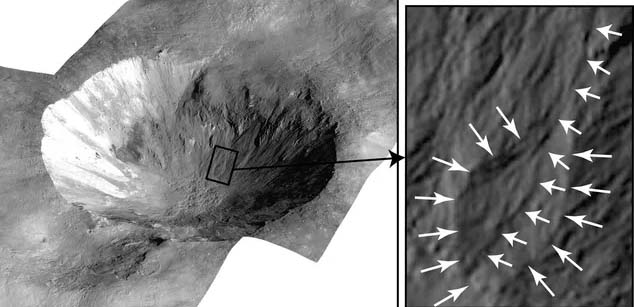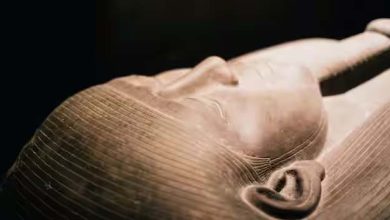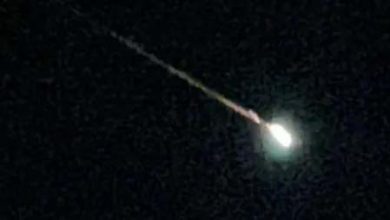Asteroids Vesta’s features may be due to salty water

Science: On a large asteroid called Vesta, mysteriously curved short-lived flows of salty water may have formed fan-shaped deposits, a new study reports — a finding that’s quite surprising because Vesta shouldn’t really have had any water. Vesta, the second-largest member of the asteroid belt between Mars and Jupiter, has existed for 4.5 billion years with a lack of atmosphere — so, any water that existed on the asteroid’s surface would have long ago escaped into space. Yet, close-up images of the asteroid captured more than a decade ago by NASA’s Dawn spacecraft showed narrow trenches and valleys formed in impact craters on the object.
Quite puzzlingly, this led scientists to conclude that liquid water probably flowed on its surface relatively recently. A recent experiment led by Michael Poston, a planetary scientist at the Southwest Research Institute in Texas, suggests that asteroid strikes dug up and melted ice hidden beneath Vesta’s surface. The resurfaced ice may have flowed as liquid brine along the walls of the newly formed craters — long enough to form winding channels and fans of debris, the researchers say.





